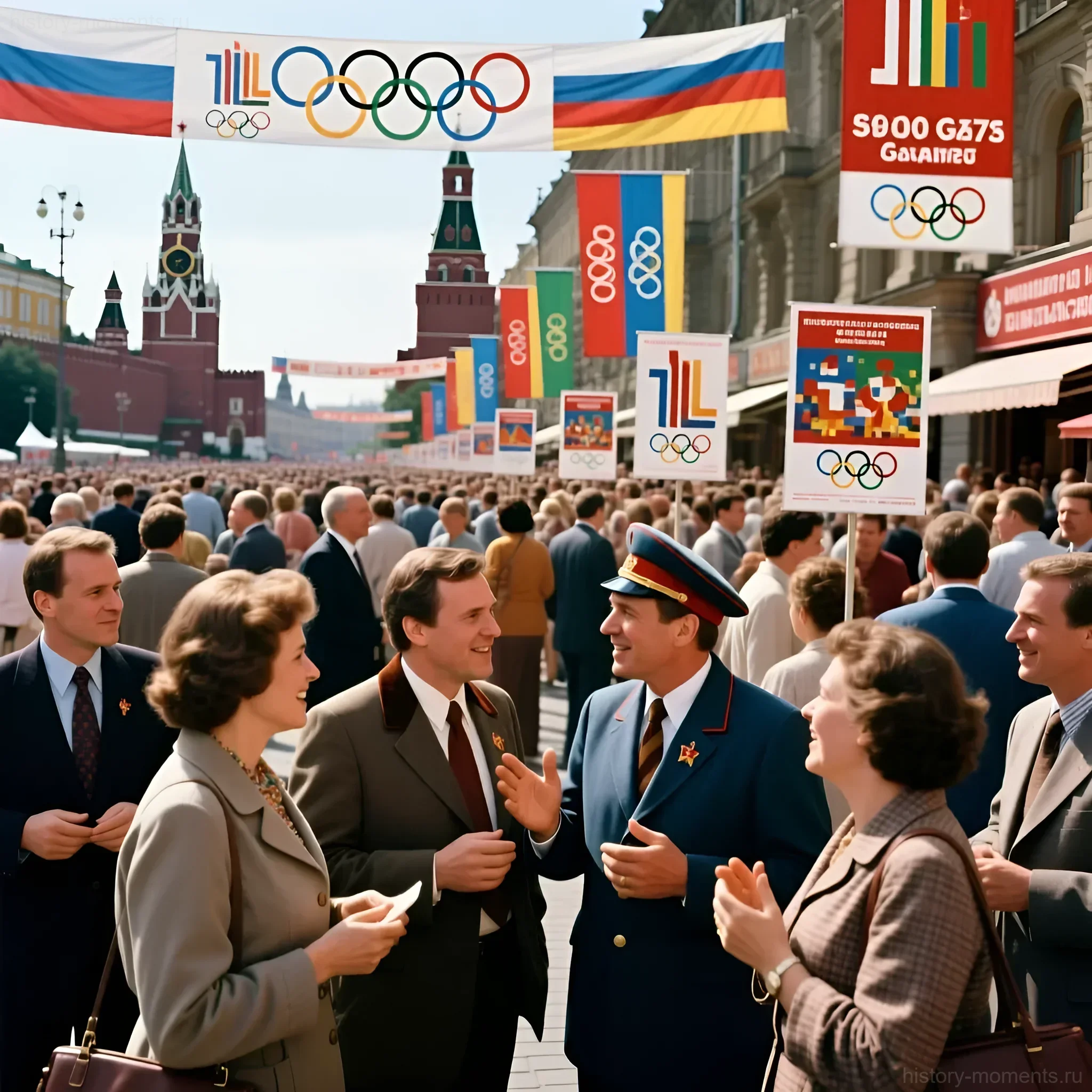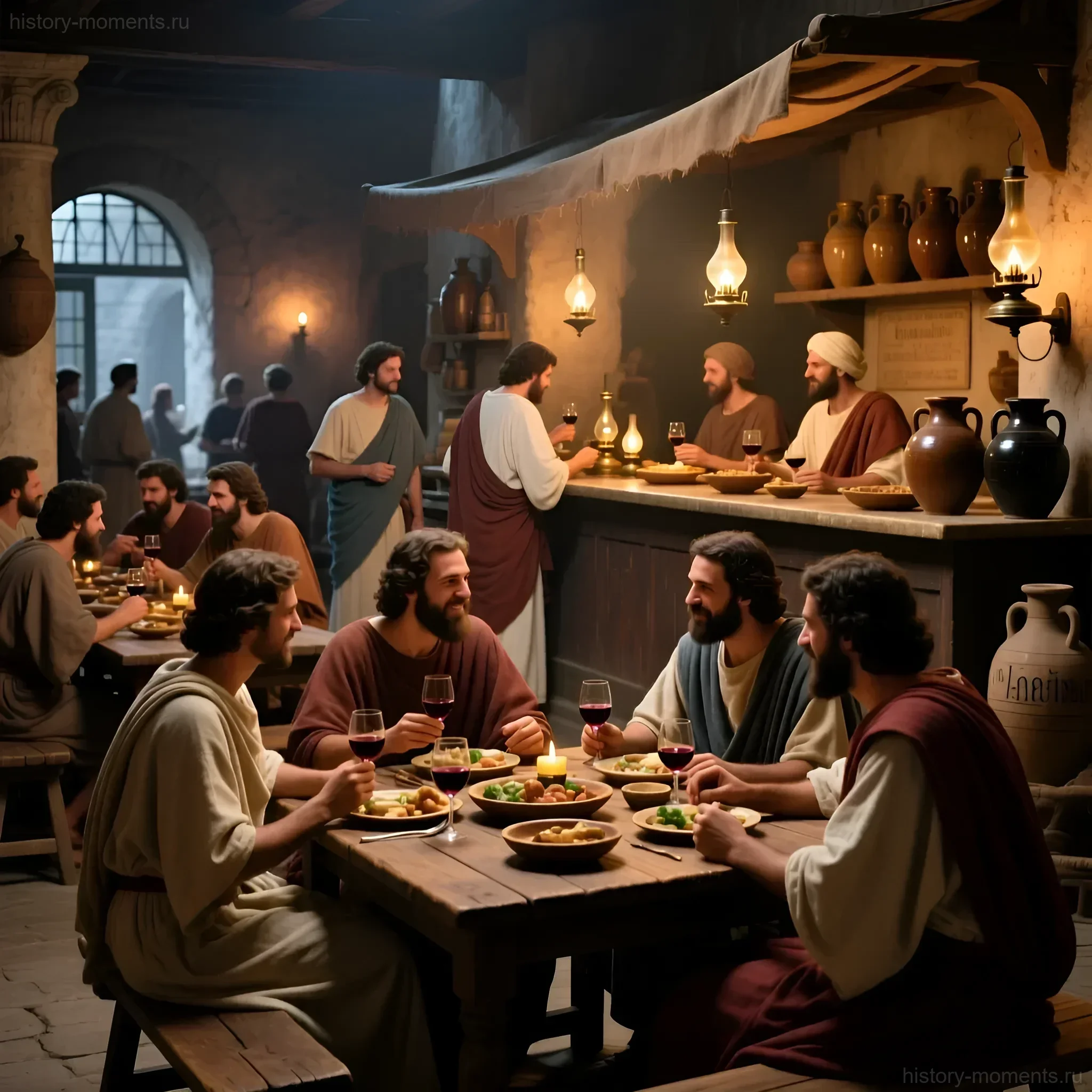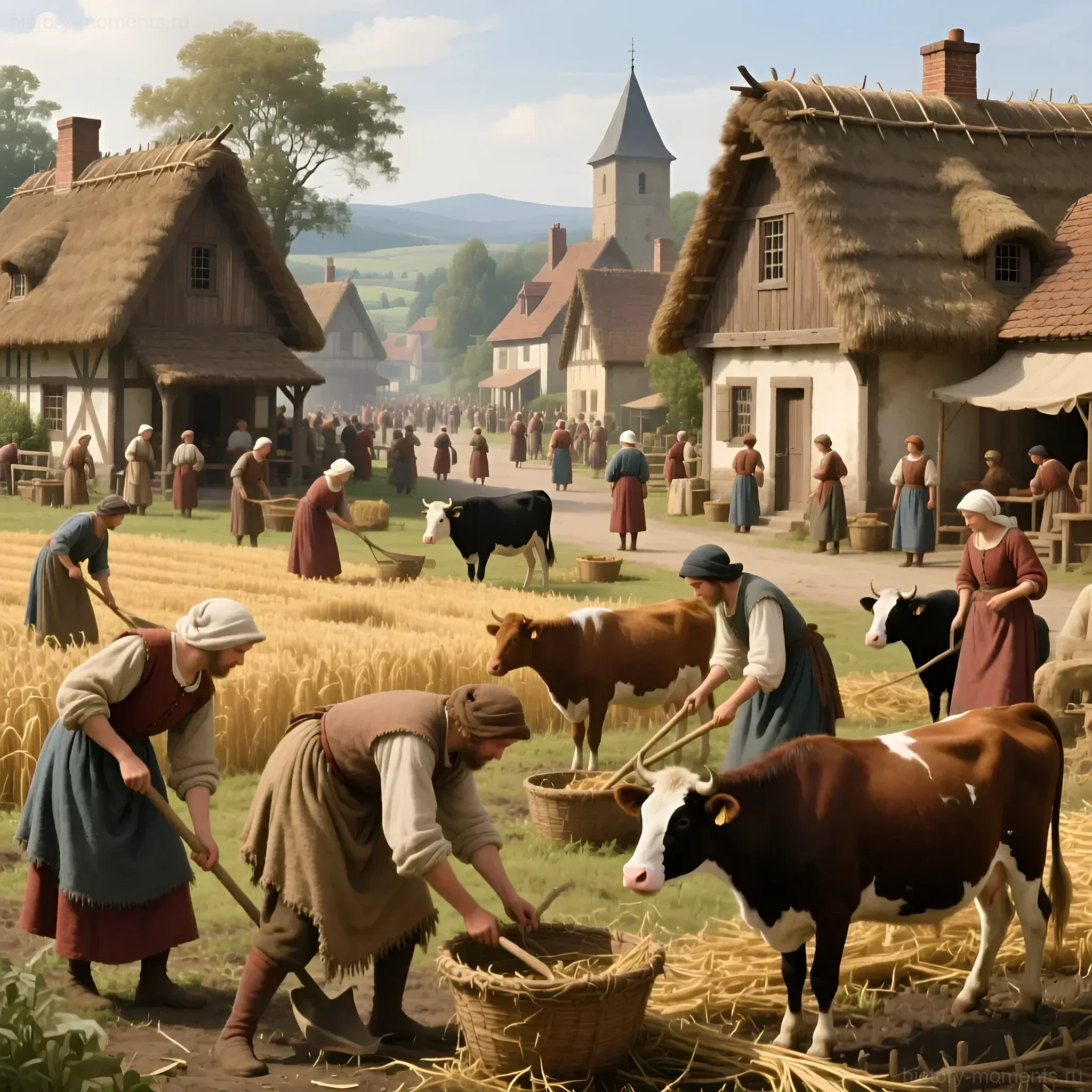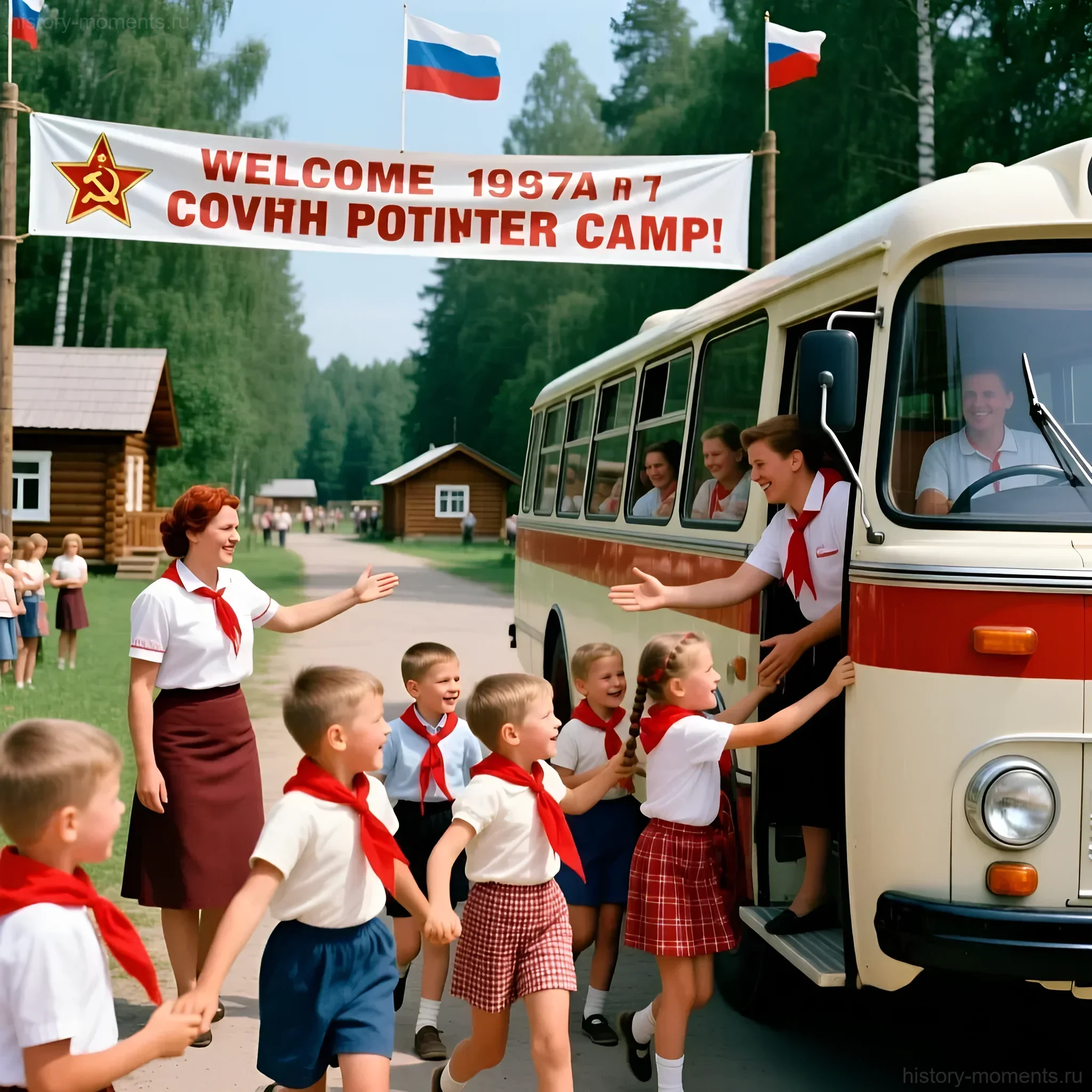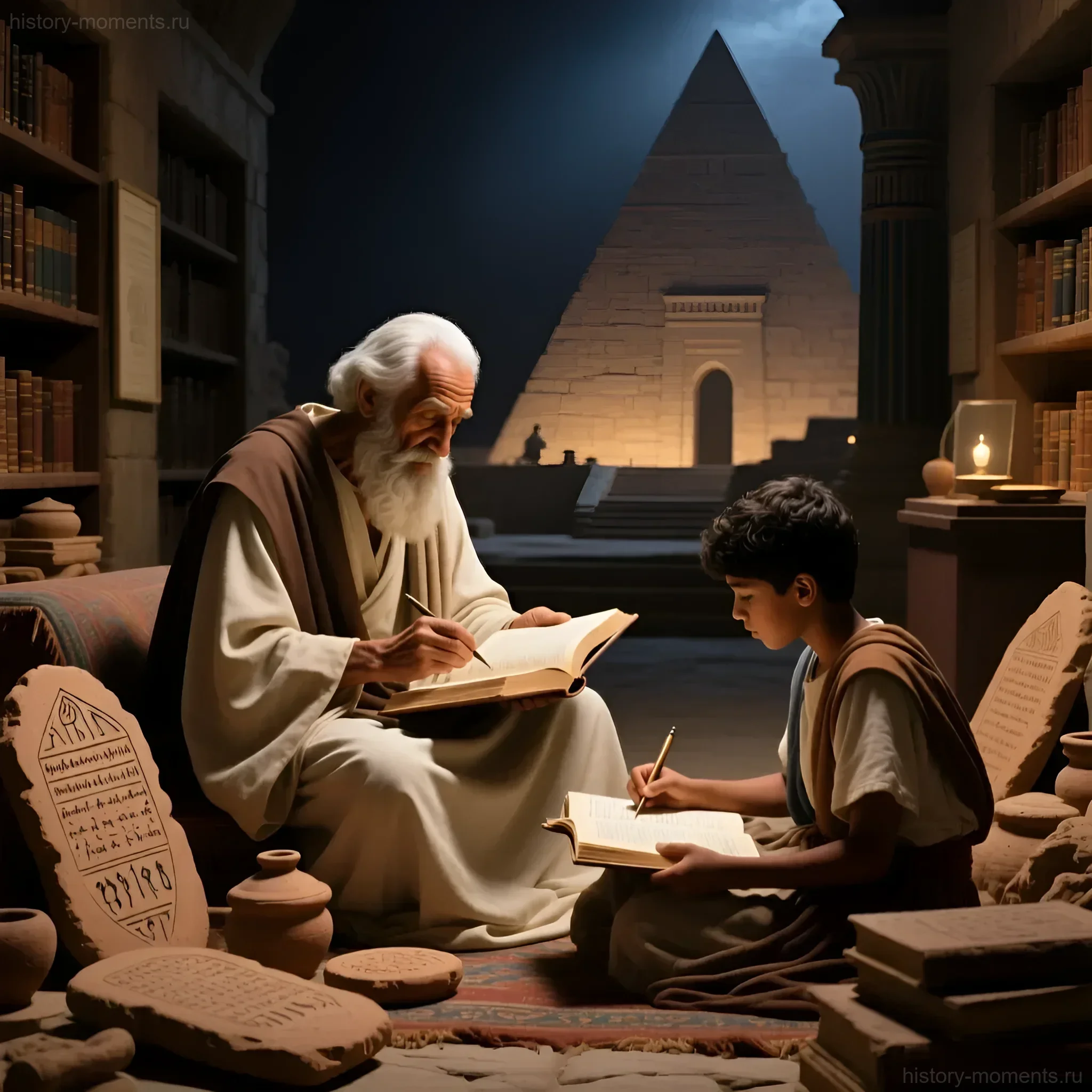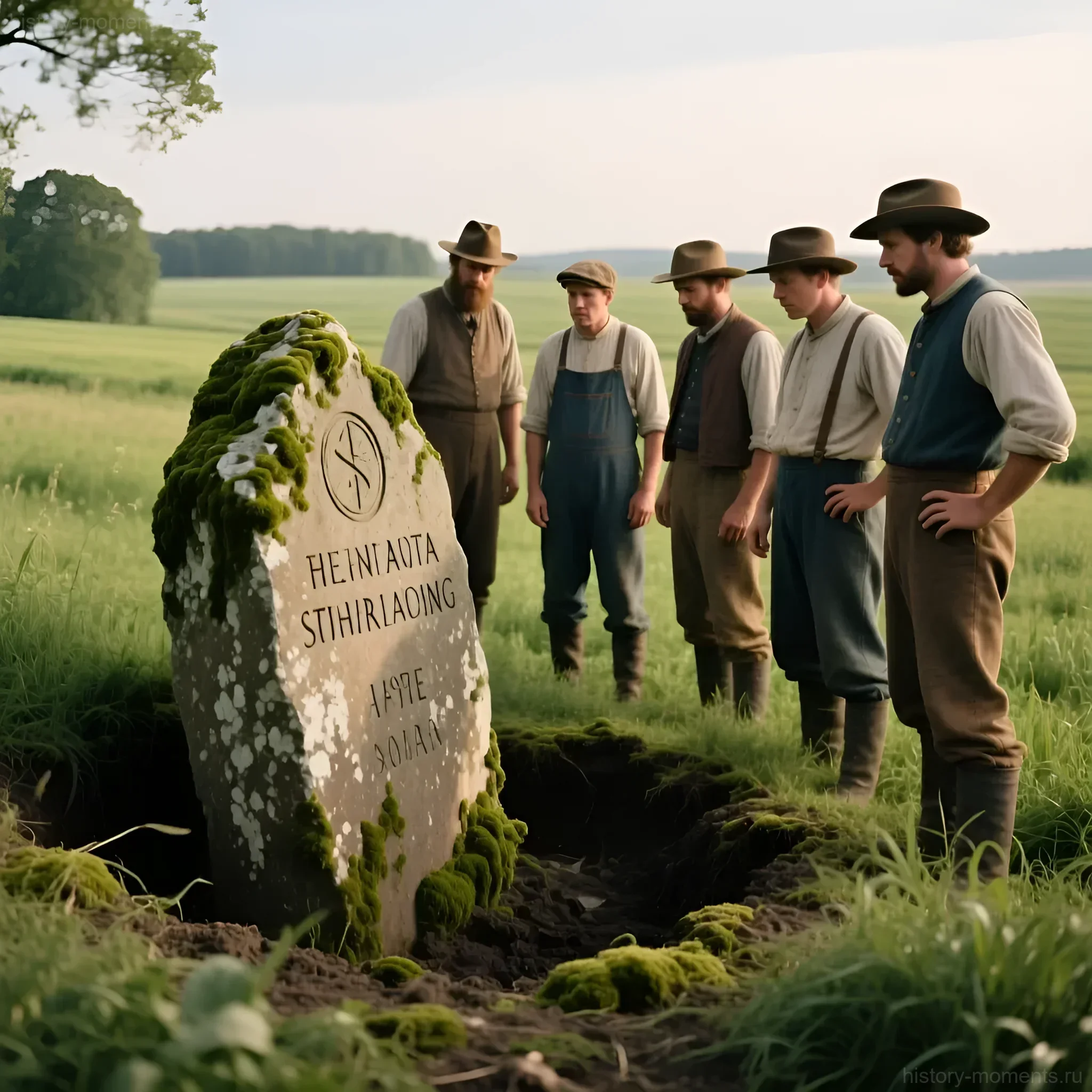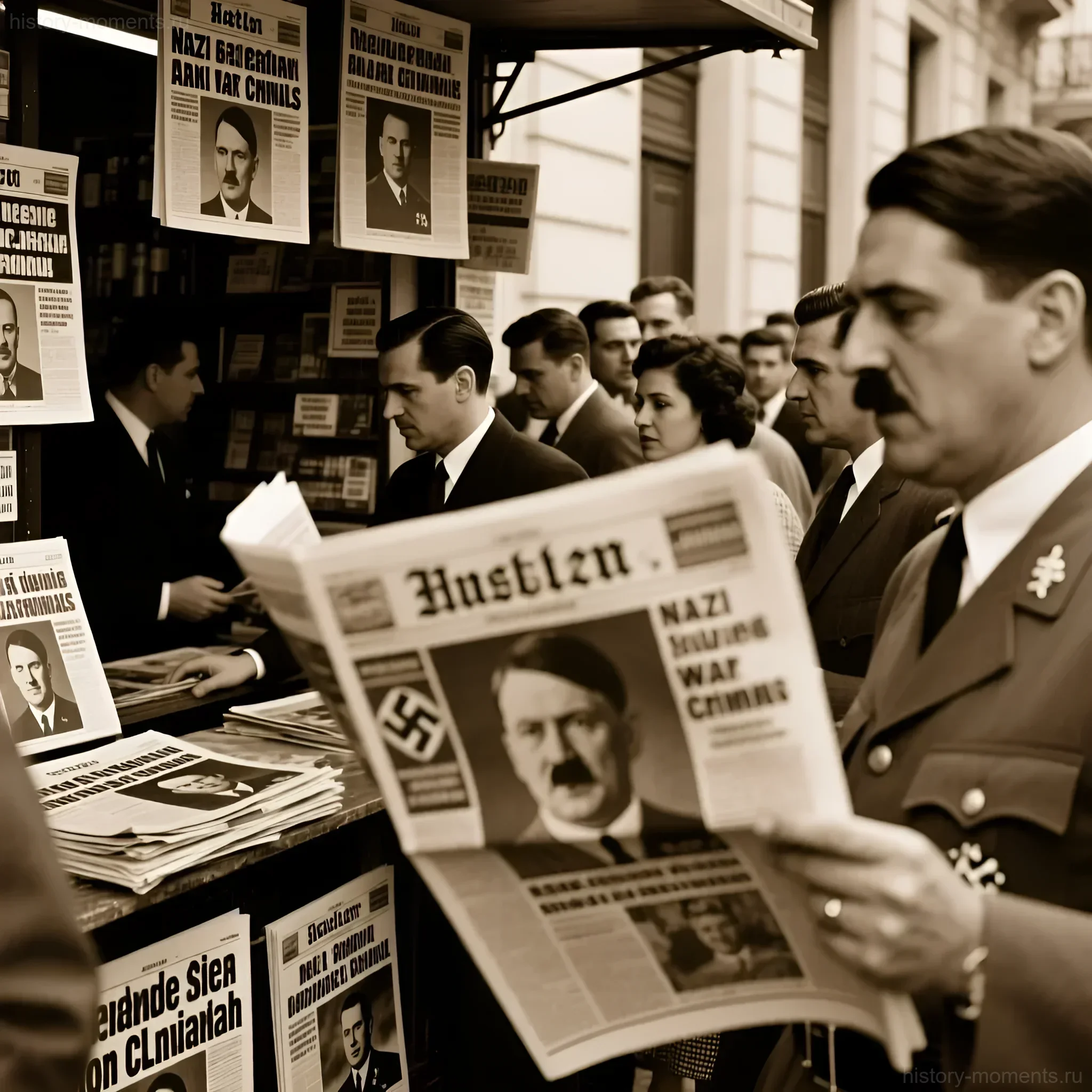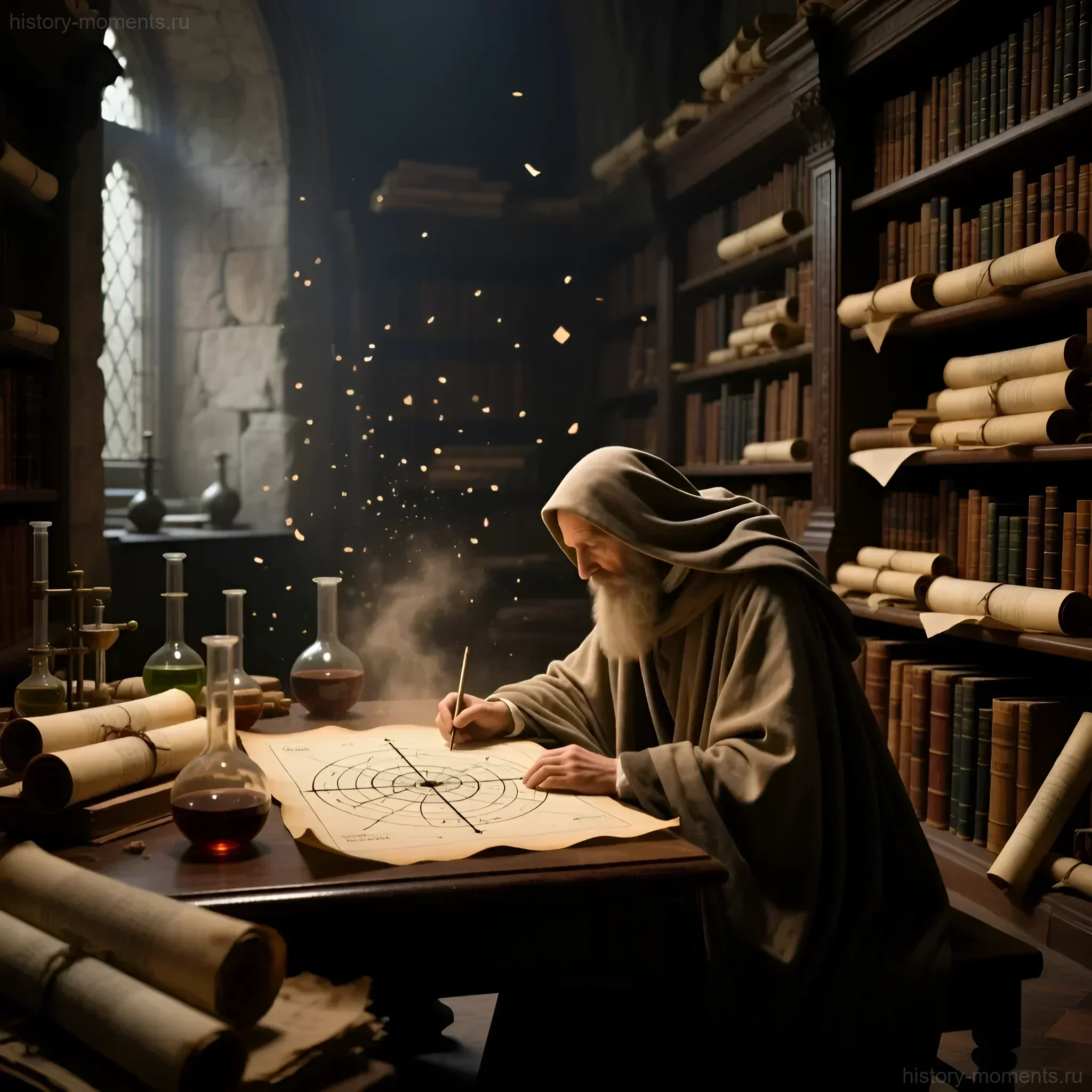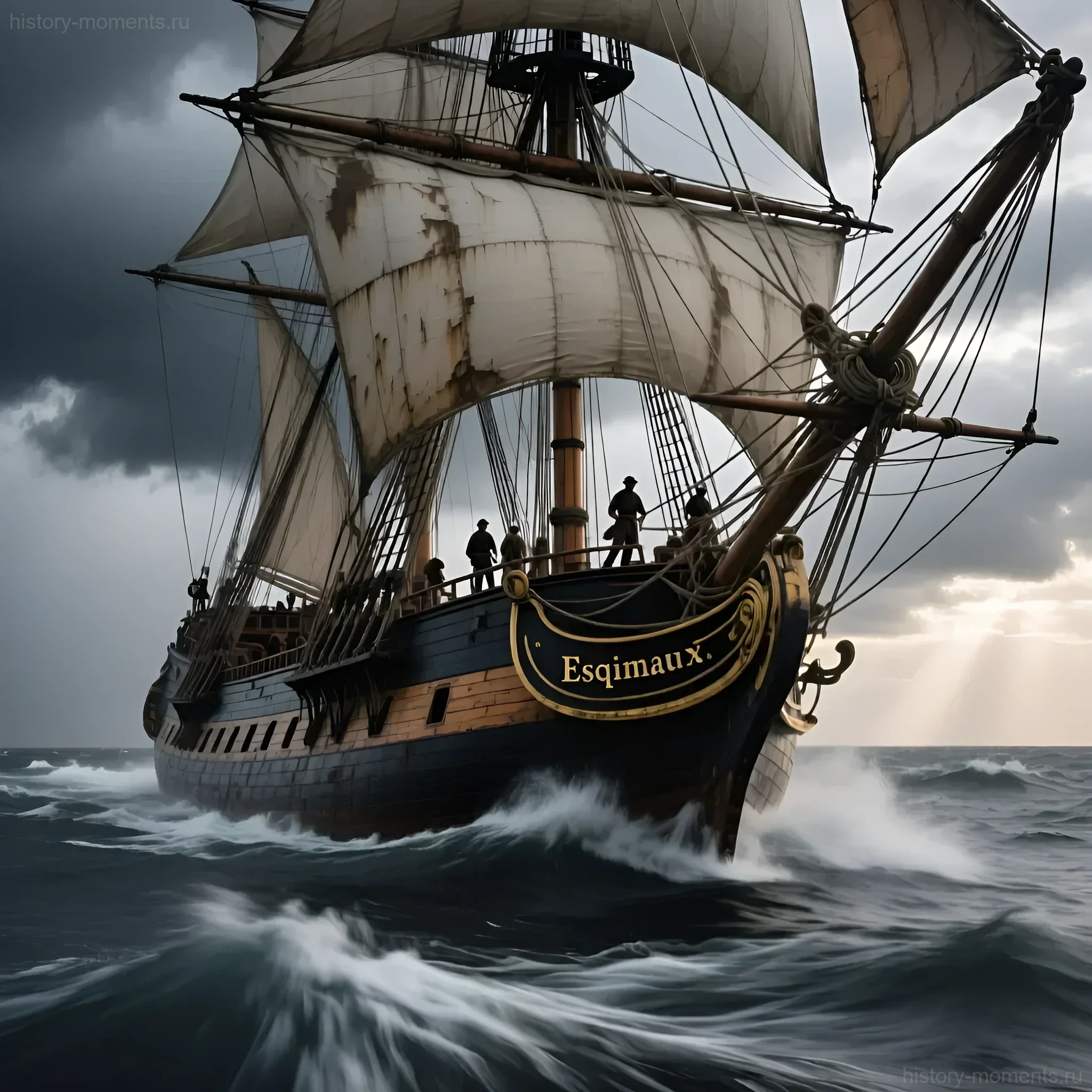The summer of 1980 was special in the Soviet Union. It was the summer when the whole world, despite political storms, focused on Moscow for a brief period. The XXII Summer Olympic Games were an event that had been decades in the making and promised to be a showcase of socialist achievements. But for millions of Soviet citizens who couldn’t make it to the stadiums, the Olympics-80 became, first and foremost, a grand television event. It was an era when the country glued itself to the screens of black-and-white and newly emerging color televisions, not just to watch sports, but to catch a glimpse of the “big world.”
Time Travel: How Ancient Taverns and Inns Worked
Imagine you are a weary merchant completing a long journey on the Appian Way, or a pilgrim heading to Santiago de Compostela, or perhaps a royal messenger rushing to deliver an important dispatch. Regardless of your era or social status, you were united by a sharp, vital need: to find a safe, warm haven where you could feed not only yourself but also your horse. Ancient taverns and inns were not just places to sleep; they were the circulatory system of civilization, hubs where rumors, trade, politics, and destinies intersected.
Medieval Peasant House: How the European Farmer Lived
When we imagine medieval Europe, our imagination most often paints majestic castles, stone cathedrals, and knights in shining armor. However, the heart and foundation of this era beat not within the thick walls of feudal fortresses, but in quiet, smoky villages where millions of simple farmers lived. It was the peasants who constituted up to 90% of the population, and their dwelling – a modest but vitally important house – was a true reflection of their existence, their struggles, and their hopes.
Pioneer Camp: What a Soviet Child’s Happy Summer Looked Like
Summer holidays in the Soviet Union were not just a time for rest, but also an important element of the educational system. For millions of Soviet children, a pioneer camp became a real “republic of childhood,” where ideology was organically combined with adventure, friendship, and romance. If you want to understand what this unique phenomenon looked like, you will have to immerse yourself in a world where morning exercises were accompanied by the sound of a bugle, and the most important battle took place not on the battlefield, but on the sports field in the game “Zarnitsa.”
Attitude towards old age in the Ancient World: wisdom, respect, or burden? The history of a great paradox
Imagine a world where reaching the age of 50 was a feat. A world where every gray hair was not a sign of wear and tear, but living proof of incredible luck, strength, and, most importantly, accumulated knowledge. This was the Ancient World. The attitude towards old age in those distant eras was paradoxical: it could be the crown of wisdom, a source of absolute power and unquestionable respect, but at the same time, a heavy burden, evoking fear and even rejection. We invite you on a deep historical journey to understand how the greatest civilizations of the past resolved this eternal dilemma: is old age a gift or a curse?
The Kensington Runestone: A Mystery That Could Rewrite US History
Imagine this: you’re digging in the soil on a farm deep in North America, thousands of miles from the ocean, and you find something that instantly challenges everything you thought you knew about the history of the New World. It’s not just an artifact; it’s a message carved in stone nearly seven centuries ago, claiming that Europeans reached modern-day Minnesota 130 years before Christopher Columbus was even born. This is the story of the Kensington Runestone – one of the most fascinating and controversial mysteries in American archaeology.
Did Hitler Flee to Argentina: Theories, Evidence, and Historical Investigation
The mystery of Adolf Hitler’s final days is not just a historical episode; it’s one of the most enduring and grim legends of the 20th century. On April 30, 1945, as Berlin was engulfed in flames and Soviet troops were mere hundreds of meters from the Reich Chancellery, the Führer, according to the official version, committed suicide in his bunker. However, from the very day the world learned of his death, this version has been met with profound disbelief, giving rise to a theory that lives on and thrives to this day: Hitler did not die; he escaped. And his refuge became the distant and friendly Argentina.
The Ten Plagues of Egypt: A Scientific Explanation of a Biblical Miracle
History knows many events that balance on the edge of myth, faith, and reality. Among them, undoubtedly, one of the most dramatic and discussed is the Ten Plagues of Egypt. This Old Testament narrative, described in the Book of Exodus, has served for centuries as a cornerstone of religious tradition, demonstrating the omnipotence of divine will while simultaneously reflecting the beginning of the Jewish people’s journey to freedom. But what if, behind these terrifying events that befell Ancient Egypt, lies not only a miracle but also a perfectly explainable, albeit incredibly destructive, chain of natural disasters?
The History of Alchemy: The Search for the Philosopher’s Stone and the Elixir of Immortality
Alchemy. The mere mention of this word conjures images of dark, soot-stained laboratories where mysterious substances bubble in flasks, and scientists, obsessed with humanity’s two greatest dreams—transmuting base metal into pure gold and achieving eternal life—bend over crucibles. It was not merely early chemistry; it was a philosophy, a mysticism, and an art that dominated the intellectual life of both East and West for millennia. Are you ready to embark on a journey through the history of this “royal” science?
Life Aboard a 19th-Century Whaling Ship: Photo Reconstruction and Daily Life
Whaling in the 19th century was one of the most dangerous, yet economically significant industries. A ship that set sail for several years became a floating home, a prison, and a factory for its crew. For modern photographers and re-enactors, this era is a treasure trove of dramatic subjects requiring a deep understanding of historical context. Experts from bur4ik.ru have prepared a detailed overview of life aboard a whaling ship to help recreate the most authentic and atmospheric shots.
